All about fuchsite

The mineral fuchsite belongs to muscovites, that is, potassium mica. Muscovite of a rich green color has long been called fuchsite, although it has nothing in common with a fuchsia plant and a bright pink color, but occasionally you can still find small bright blotches on the mineral. Fuchsite is considered a rather rare mineral, which is found in pure form only in some cases. In this article, we will take a closer look at its origin, unusual properties and characteristics.
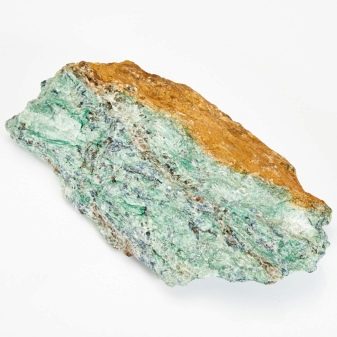
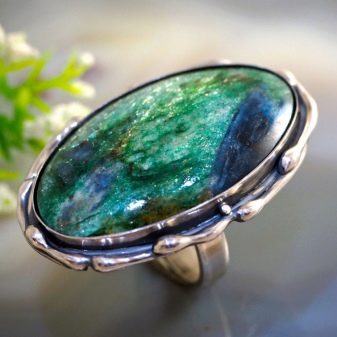
A little about the origin
As is often the case, the fuchsite stone got its name in honor of its discoverer, namely: the Bavarian mineralogist, who had been studying mica and soluble glass for a long time. But the common name muscovite originated in the Middle Ages. Almost all versions of the origin of the name "muscovite" refer to the supply of minerals of this type from Moscow to European countries. Hence, it is clear that the word "Muscovite" comes from "Moscow" and the words that are in tune with it.
In many countries, at one time, experts called this mineral differently, while the stone was one and the same and did not change in any of its external qualities or properties. Fuchsite is a rich emerald-colored mineral that is formed as a result of special hydrothermal changes in chromium-containing rocks.
Today this mineral is mined in many countries of the world, including Brazil, Australia, some European countries, the USA, sometimes it is brought from African countries. In our country, it is actively mined in the Urals and in the Republic of Karelia.

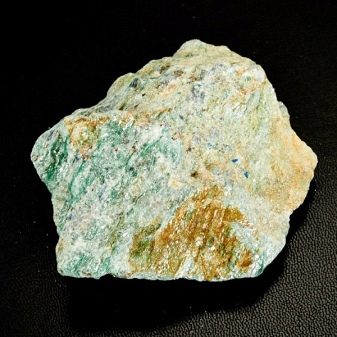
Specifications
In the modern world, fuchsite is not considered a separate mineral, and therefore cannot be found in the classification of the so-called approved mineral names. Fuchsite is a green chromium muscovite, which in our country is called muscovite, and, for example, in France it has long been called celadonite. Some parts of fuchsite are very often found among other stones. It is very difficult to find fuchsite in its pure form; it is most often found in quartz. Greenish fuchsite is quite transparent, and therefore it is not difficult to see its structure even among other minerals.
Fuchsite is not considered a particularly expensive mineral, but many jewelers value it mainly if it is found in other gems. Especially often you can find jewelry with aventurine. In fact, aventurine is not a separate mineral, it is quartz interspersed with green fuchsite. With other mountain minerals, fuchsite can form listvenite, which is popularly called green marble.
Fuchsites in other rocks look really luxurious, their interlayers create amazing visual effects that simply cannot but attract attention.
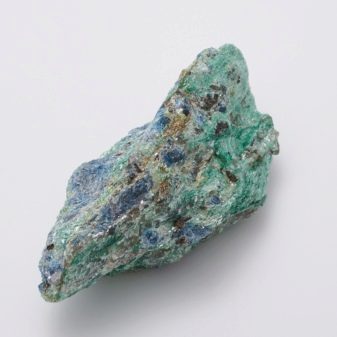

Medicinal properties
For many years, traditional medicine specialists have been using fuchsite to cleanse the body of toxins and toxins, as well as to remove poisons from it. Lithotherapists believe that fuchsite is able to improve metabolic processes in the body and normalize the state of the blood. This stone can help in the healing of wounds, as well as in the elimination of diseases of the bones and joints.
It is believed that all the medicinal properties of fuchsite have not yet been studied, but experts from alternative medicine are sure that this mineral has very great potential. With the help of this stone, you can find harmony with yourself and your body, as well as normalize the psycho-emotional state, while eliminating depressive disorders, anxiety and insomnia. And also you can get rid of some phobias.
Of course, the above medicinal properties belong to alternative medicine, and therefore it is impossible to say for sure that fuchsite is a panacea for many diseases.
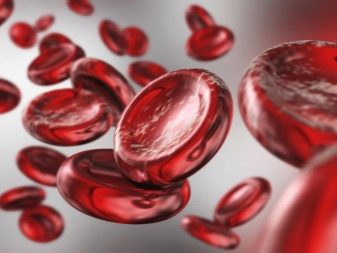

Magical
Many minerals and rocks have special properties for humans. At least, many adherents of alternative medicine, magicians and esotericists think so. Believe it or not is a purely personal matter.
It is believed that with the help of this stone you can significantly improve your life, namely:
- to reveal in yourself creativity and possibilities;
- fully realize oneself in the chosen profession;
- draw inspiration;
- increase personal self-esteem and develop some feelings, especially a sense of intuition;
- activate the work of your subconscious and tune it in the desired way of work.

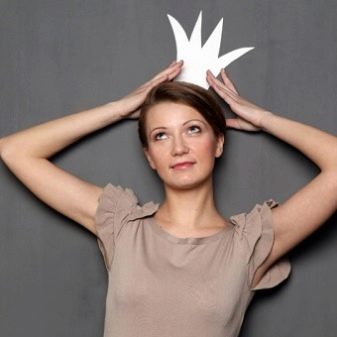
From some sources it is known that ancient shamans used fuchsite to increase the capabilities of other magic stones. Moreover, fuchsite was used in special ceremonies.
As a talisman, fuchsite is suitable for all people and all signs of the zodiac. In this regard, according to many experts, it has no contraindications. Nevertheless, it is most often recommended to be worn by Pisces and Aquarius. It is believed that the one who will wear this mineral will be able to reveal in himself special abilities, while attracting success to himself. For many, fuchsite can be a real talisman against failure.

Where is it used?
Despite the fact that the fuchsite mineral looks very original, it is practically not used in its pure form in jewelry production. As mentioned, it is most often welcomed in tandem with other minerals. So it looks more luxurious, and is appreciated higher.
Necklaces or bracelets made of this stone are quite rare. Only if it's not a beautiful imitation of fuchsite. This mineral is very much appreciated in ornamental craftsmanship.It is often used to make some kind of figurines, figurines, souvenirs and much more, which can be an excellent addition to the interior. And also this mineral is used in the production of chromium, especially on a large scale. Often, when the components of this mineral are used to create any coloring agents.

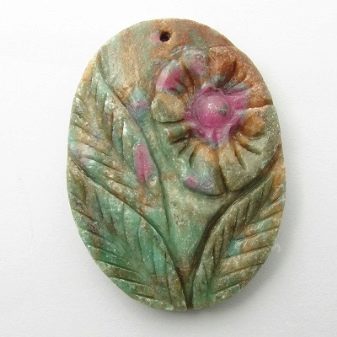
How to store?
Souvenir or fuchsite jewelry is very easy to store, the main thing is not to leave them in direct sunlight, and then over time they will not lose their attractive original appearance. This mineral is prone to fading, and therefore it is best stored in a moderately shady place. And also fuchsite does not tolerate temperature changes and shocks very well, from which it can collapse.
Jewelry made from this mineral is recommended to be stored in special boxes or bags. Of course, if it is a real stone. Imitations are not at risk of discoloration and deterioration over time.
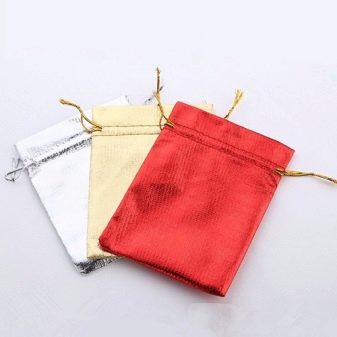

In the next video, you can take a closer look at fuchsite.








